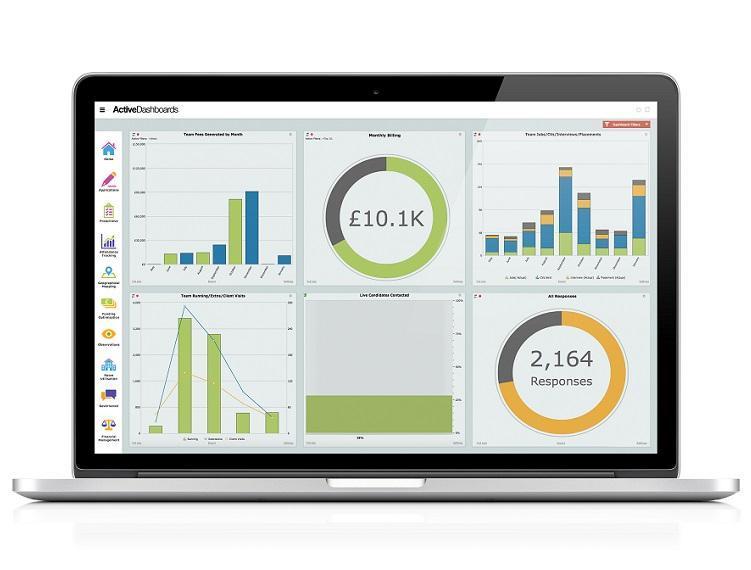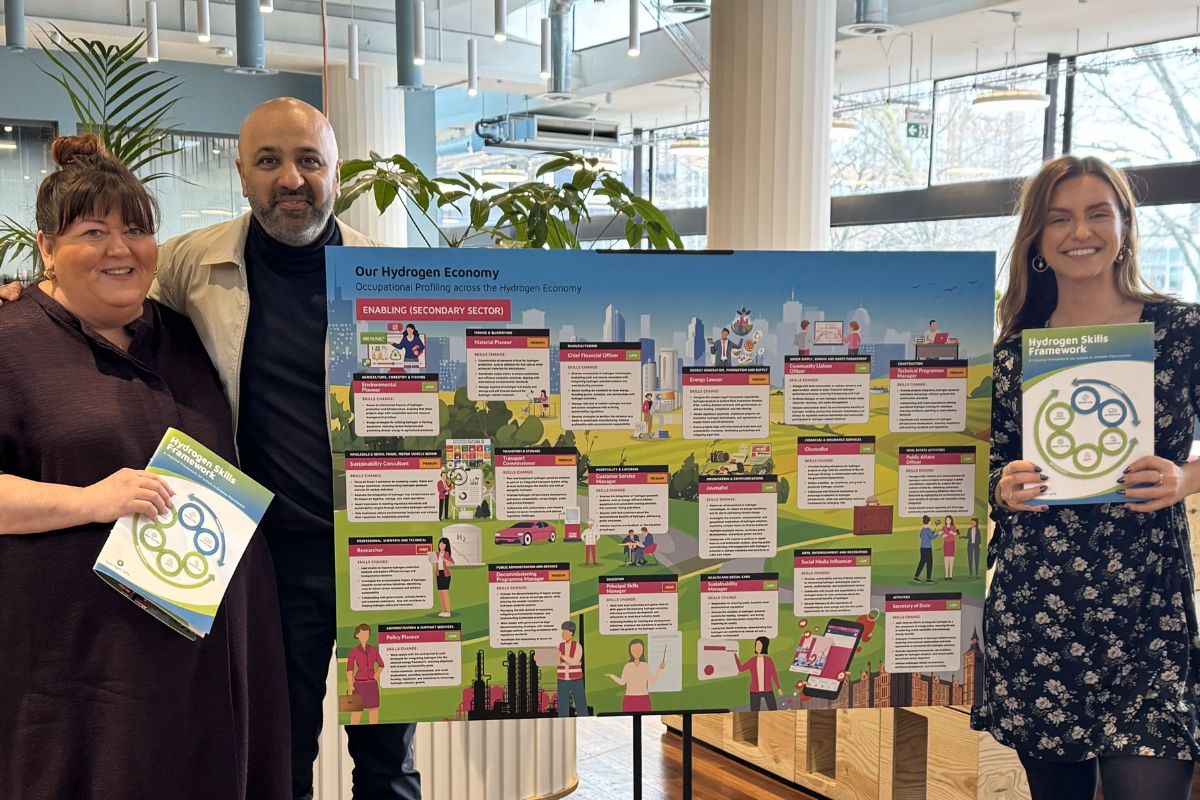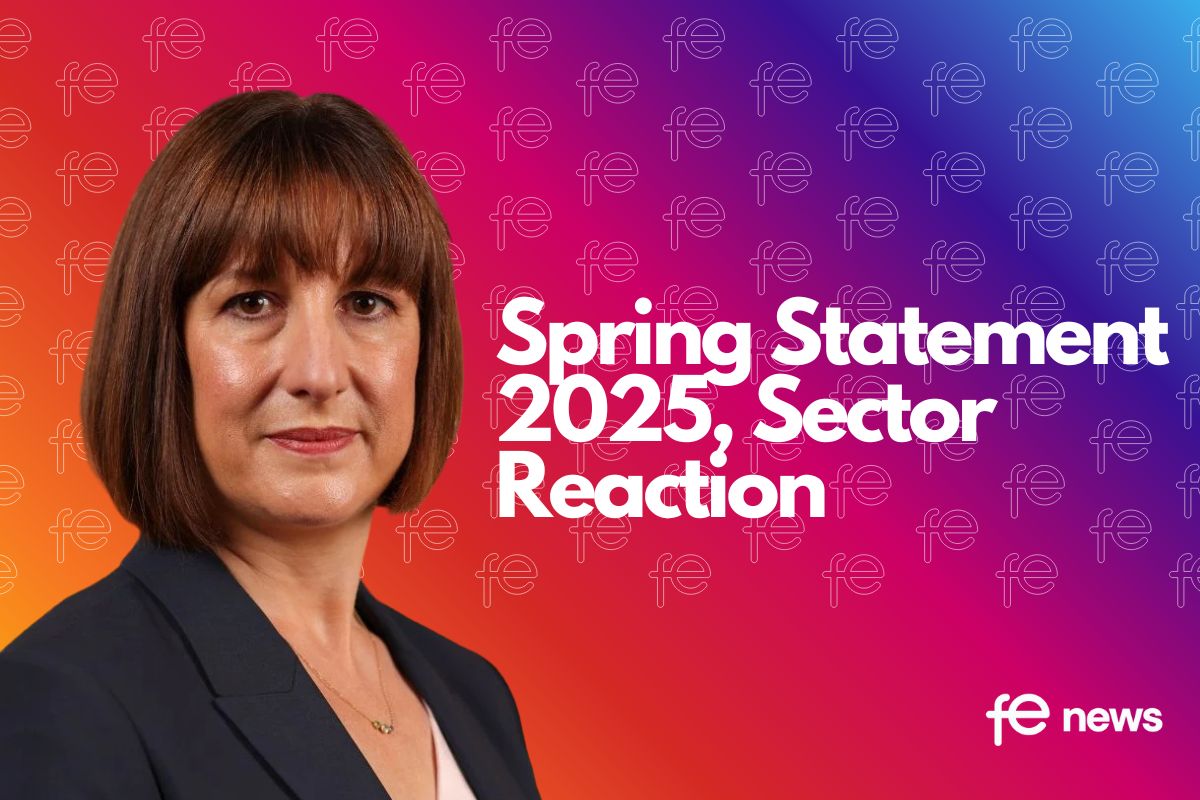How Trafford College used data analytics to drive actionable change

The primary focus of any educational institution is to do just that: to educate. The education sector is filled with data, from exam results, to staff performance, and there is a lot at stake; it’s not just about ensuring students can achieve to the best of their ability, but it’s also about meeting Ofsted and other regulatory requirements, which in turn has an impact on funding, recruitment and enrolling future students.
At the start of 2015, Trafford College, one of the leading providers of education and training in Manchester, was admittedly unsophisticated in its use of data. Whilst its strengths stood in reporting on aspects such as funding or learner numbers, when it came to other aspects such as curriculum performance, particularly around areas such as retention and achievement, the College was unrefined, leaving numerous areas unreported and therefore without the necessary visibility or transparency to make changes. Additionally, Trafford College had become heavily reliant on a very small number of people in the MIS (Management Information Systems) team to produce reports responsively, without any form of real-time data to keep the reports immediately actionable.
After an unfavourable visit from Ofsted, a change in the complexity of its study programmes and a restructure of its management team, Trafford College knew that something needed to change. James Cook – Vice Principal Curriculum & Quality, Trafford College Group, explained: “We needed to put more ownership and accountability on people within the organisation to understand exactly where they were in terms of their performance, their data for certain areas and what was needed to fix it. We were confident that access to real-time data would help us move forward and address the challenges we were facing.”
Following a successful product demonstration to the wider team, Dynistics, the business intelligence software provider, was selected to implement its Active Dashboards solution, a data visualisation tool. James continues: “The Dynistics team could easily demonstrate the value and reliability of the tool, which made it an easy sell to the Senior Management Team (SMT). We all knew it would help us to make sure we were getting actionable insight from the right data, at the right time, to really inform the decisions we were making.”
The bread and butter of Further Education
Before implementation, the College needed to decide which areas to initially focus on. “We decided to start at the beginning and focus on the basics of running a Further Education (FE) college, which at the start was learner numbers,” James describes. “It was about getting better access to applications so we could quickly spot trends better than we had done previously; then, we could move on to elements such as attendance, retention and HR. There were so many aspects that we were quickly able to look at on the dashboard, which gave us the information we needed very, very quickly.”
Insight was gained rapidly for Trafford College as the SMT had the ability to drill down into the data set and see where potential areas of concern could be. When looking at attendance, for example, leadership could not only see attendance for all 16-18-year-olds but also look into specific cases such as students with different needs or plans in place. “We could easily drill into different categories of learners, which was becoming more and more important to be able to answer specific questions from Ofsted about different students or needs,” James explains. “With a touch of a button, we could see how they were performing and if there were any curriculum areas where we could see a clear gap, which enabled us to have the right conversations about actions to support improvement.”
Sparking conversations
The dashboards are also used by middle managers as a prompt to question the accuracy and validity of the data itself. The SMT have regular performance meetings with middle managers, discussing issues such as attendance and achievement numbers. As James adds, in some cases, these discussions would prompt the middle managers to realise that the data being analysed wasn’t actually correct.
“Bringing the aspect of ‘wrong’ data into the light was actually very useful for us, as it then enabled us to discuss why we thought the data was wrong – was there an issue, was there not, what needs to be done to fix it? Before using dashboards, we simply did not have visibility of this data so therefore could not have these same conversations. And by using the data and interrogating the data more, we actually drive up the data quality, promoting stronger trust and buy-in for what we were trying to achieve.
Early benefits
Areas including high-grade achievement, progress and attendance across the College have shown significant improvements as a result of having the right conversations, at the right time, with the right people. Early benefits of the solution were seen in relation to Maths and English attendance. As James explained, one of the drivers for choosing to implement a dashboard solution with Dynistics was because curriculum performance was becoming more complex, in terms of what the College had to deliver and what they were being judged against.
“Using dashboards helped us to very quickly see an improvement in our Maths and English attendance,” James explains. “We could see which data wasn’t accurate due to student churn, duplicated registration or miscommunication of students who didn’t need to be in the class at all. By looking at our data properly, we could quickly get a handle on it and make sure everyone who needed to be in the classes were attending, and those who didn’t were off the registers to avoid future confusion.”
A look to the future
Taking one step at a time, the College has been able to successfully focus on getting accurate data for learner numbers and funding, and then accurate data on attendance for study programmes at a variety of levels. “We’ve now got a really good workable dashboard on student progress, so we can immediately see where every student is in the college against their target grade,” James continues. “Additionally, we’ve been able to focus on top-end students; we had previously been successful monitoring students in the middle tier, and the students underperforming, but we weren’t paying enough attention to our gifted and talented students.”
The College also made the decision to roll out the use of the dashboards across the wider organisation, meaning every member of staff will ultimately have access to it. “At the moment, the data is only accessible to the SMT and middle managers as we focused on getting the usability and accuracy right. However, now that we’re confident in the data itself, we will enable an enterprise-wide rollout.”
An additional development will also be the introduction of a lecturer KPI dashboard to take a closer look at lecturer performance, judging on outcomes rather than observations. “This is a subject becoming much more prevalent in FE at the moment to drive further improvements. Ultimately, lecturers will be able to see student performance for everything they teach, student attendance, overall retention, progress, achievement and satisfaction all in one place. We’re confident this will be a positive step for the College moving forward.”
As James concludes, the College has learned a lot through its data journey. “One of the most important takeaways we have from the experience is to get buy-in from the entire organisation and make everyone really serious about data; over time, we had our whole team on board with using the solution from Dynistics, which in my opinion is the best. We’ve done a lot of work to get where we are today and there are still many things we want to look at in the future, which we’re extremely confident Dynistics will be able to help us achieve.”











Responses